


Stages of Menopause
During perimenopause, irregular menstrual cycles and a series of clinical manifestations occur that may precede menopause by 2 to 8 years. The term menopausal transition is used by the World Health Organization to describe the phase of perimenopause prior to the end of menstrual periods. The World Health Organization also suggests that the term climacterium should be substituted for perimenopause in the period ranging from just before the onset of menopause to 1 year after menopause. Climacterium is the period of transition between the last years of the reproductive stage and postreproductive life, which begins with the gradual disappearance of ovarian function.
Menopause is the cessation of menstrual periods due to the loss of ovarian function and is a normal physiologic process in women when it occurs after the fifth decade of life. The mean age at menopause is 51 years, and the clinical criterion used to establish the diagnosis is complete absence of menstrual periods for 12 months.
Throughout a woman’s life, the total number of primordial ovarian follicles decreases and most become refractory to the actions of pituitary gonadotropins. As a result, the circulating level of estradiol progressively decreases and progesterone production by the corpus luteum becomes irregular and subsequently ceases. Increased production of follicle-stimulating hormone and luteinizing hormone occurs as a consequence. Conversely, the changes in circulating androgens are more complex and controversial. It has been documented that testosterone production is lower in postmenopausal patients and that sex hormone–binding globulin decreases and the free androgen index increases. Dehydroepiandrosterone sulfate linearly declines as a function of age, but it lacks an obvious relationship with ovarian function.

The Importance of Hormones on the Skin
Ovarian failure and the resulting hormonal changes during menopause affect almost all aspects of women’s health and may present with signs and symptoms in nearly every body system. Symptoms are experienced differently according to ethnic, educational, and sociocultural variability. Asian American women report a low frequency of physical, psychological, and psychosomatic symptoms compared with black women. Brazilian women have a higher prevalence of vasomotor symptoms compared to women in other developed Western countries. Also, medications used during perimenopause to prevent and treat osteoporosis are capable of inducing hot flashes.
Estrogens are essential for skin hydration because they increase production of glycosaminoglycans, promote an increased production of sebum, increase water retention, improve barrier function of the stratum corneum, and optimize the surface area of corneocytes. As a result, concerns about dry skin are more frequent among menopausal women who are not taking hormone replacement therapy (HRT). Decreased estrogen reduces the polymerization of glycosaminoglycans, while elastin experiences granular degeneration and fragmentation, forming cystic spaces. In addition, there is a reduction in the microvasculature and thinning of the epidermis.
Albright et al noted that the skin of menopausal women with osteoporosis showed considerable atrophy, a finding subsequently supported by a study from Brincat et al. In menopausal women, the decrease in estrogen promotes a reduction in type I and type III collagen and a reduction in the type III collagen to type I collagen ratio compared with nonmenopausal women. Healthy skin is made up of type I collagen (80%, responsible for strength) to type III collagen (15%, responsible for elasticity). However, a decrease in androgens is partially responsible for the reduction in sebum secretion, xerosis, and skin thinning or atrophy, accompanied by a reduction in blood vessels, oxygenation, and nutrition of the skin, as well as increased transepidermal water loss. Regarding skin annexes, the decrease in estrogen causes a reduction in axillary and pubic hair. The reduction in elastic fibers results in a loss of firmness and elasticity. Moreover, with a relative predominance of androgenic hormones, vellus hair may be replaced by thicker hair.

Anagen hairs have estrogen receptors in both sexes. In contrast to the α-receptor, the β-receptor largely is expressed in the papillary dermis and the hair’s bulb region; this expression could account for the occurrence of androgenetic alopecia in menopausal women. These receptors are not expressed in telogen hairs, and their role in regulating the hair cycle is unknown. The aging of the follicular unit, resulting from the reduction of active melanocytes, promotes the appearance of gray hair. It is estimated that in 50% of men and women, half of their hair will be gray by 50 years of age. The age of onset for graying hair appears to be influenced by heredity and ethnicity. Unlike the skin, hair aging is more affected by intrinsic than extrinsic factors.
In women, hormonal changes during menopause are the main source of alterations in hair characteristics. The identification of high concentrations of hydrogen peroxide and low levels of catalase in the stems of gray hairs have shed light on the biochemistry of hair whitening and opened new possibilities for its prevention and treatment. A change in the balance of oxidation/reduction reactions may lead to DNA damage and melanocyte apoptosis.
Osteoporosis and Vitamin D
Concerns about the worsening of or induction of osteoporosis after menopause due to the excessive use of sunscreens and vitamin D (VD) deficiency are controversial. Middle-aged women with low serum 25-hydroxyvitamin D levels (<20 ng/mL) have an increased risk of fracture during menopausal transition. A study that measured the UV index in São Paulo, Brazil, demonstrated that environmental levels ensure sufficient production of VD from unintentional sun exposure throughout the course of the year. Thus, concerns about the use of sunscreen affecting VD levels are not justified.
In a study that specifically focused on postmenopausal women in Recife, Brazil (which is located 10º south of the equator), a considerable prevalence of VD deficiency was found, ranging from 30% to 83% depending on age. Despite the abundance of sunlight, the researchers emphasized that the VD prevalence rates found in the study were similar to those observed in nontropical countries, such as the United States and Canada; however, the period of intentional exposure to the sun was not assessed. Moreover, the lack of consensus on the appropriate levels of sun exposure makes it difficult to compare different countries, and thus it is recommended that minimum normal limits be regionally established.
Although it has been suggested that the use of sun protection factor 15 could, in theory, promote a 99% reduction in the synthesis of VD, other studies have failed to identify such an insufficiency. In practice, the disparity may be explained by the large variation in the amount of sunscreen applied, by the body areas to which it is applied, and by the fact that duration of sun exposure usually is greater when using sunscreen.
Considering all the evidence and taking into account that the safe limit for sun exposure that allows maximum synthesis of VD without an increased risk for skin cancer remains unknown, the American Academy of Dermatology states that intentional exposure to the sun should not be considered a main source of sun exposure and the use of sunscreen should not be discouraged. Instead, the Academy recommends using dietary sources of VD or artificial VD supplementation at doses that vary by age: between 1 and 70 years, a dose of 600 IU daily is recommended; older than 70 years, 800 IU daily.
Primary Skin Disorders of Menopause
PruritusPruritus is the primary skin concern in women older than 65 years. Given that xerosis is the most prominent cause of pruritus, consider the possible role of menopause-related transepidermal water loss. Regardless of the underlying cause, however, some general measures are recommended for managing pruritus in menopausal women such as using low-pH moisturizers daily, preferably after bathing; keeping nails short; wearing loose and light clothing; maintaining a comfortable ambient temperature; using humidifiers or air-conditioning devices; restricting bathing time; and avoiding hot water and high-pH sanitizers.
HEMP SEED OZONATED OIL with PEPPERMINT
Hemp seed ozonated oil with peppermint cooling properties can help reduce itching caused by bug bites, poison ivy, and hives. It can also be used to calm itching related to diabetes, liver disease, and kidney disease. In a 2016 study, participants experienced itch relief when using peppermint oil combined with hemp seed oil. The study participants were advised to hydrate their skin prior to applying the peppermint oil mixture.
Hyperhidrosis
Night sweats, hyperhidrosis, and hot flashes (flushing) are common concerns in 35% to 50% of perimenopausal women and in 30% to 80% of postmenopausal women. Menopausal hyperhidrosis is classified as secondary hyperhidrosis, the symptoms of which may be alleviated by HRT, suggesting that the cause is decreasing levels of estrogen.
In addition to HRT, other treatments such as gabapentin, serotonin-norepinephrine reuptake inhibitors, and acupuncture are used to treat menopausal hyperhidrosis. One study evaluated the use of oxybutynin for 3 months in 21 patients with menopausal hyperhidrosis, and the authors concluded that the drug was effective and well tolerated in women who were nonresponsive to HRT.
The lauric acid and ozonides in it helps eliminate sweat-causing bacteria. In the night, after a bath, apply generous amounts of coconut ozonated oil on the sweat prone areas. Massage gently for 45 minutes until the oil is completely absorbed. Wash with warm water the next morning. Repeat the application daily.
Senile Alopecia
Starting at 50 years of age, scalp hairs show varying degrees of change in pigmentation, growth, and diameter. Despite the normal ratio of telogen to anagen hair, there may be a considerable reduction in follicular density. The clinical distinction between senile alopecia and androgenetic alopecia can be challenging, and the conditions may coexist.
Androgenetic Alopecia
Up to 50% of women experience androgenetic alopecia, or female pattern hair loss (FPHL), during their lives. It is the main cause of hair loss in women, and women in perimenopause are the most affected. Hair regrowth is difficult when treatment is not instituted early in perimenopausal FPHL. The pathogenesis involves a progressive reduction in the hair cycle, resulting in shrinkage of the hair follicles. Unlike the pathogenesis of androgenetic alopecia in men, little is known about the role of androgens in FPHL. The measurement of androgen levels is not recommended in the absence of symptoms of virilization or in the absence of abnormal clinical patterns or progression.
Three clinical forms of FPHL have been described: (1) Ludwig classification (diffuse central thinning concentrated in the parieto-occipital region with the frontal hairline intact), (2) Olsen classification (thinning of the central line and a consequent Christmas tree pattern), and (3) Hamilton classification (frontotemporal or vertex recession, which is seen less often than the other 2 forms).
One of the primary benefits of grapeseed ozonated oil is that it works as a natural sealant to keep moisture in the hair follicle.
The goal is to prevent hair from getting dry and crunchy, which decreases the chances of breakage. Grapeseed ozonated oil is quickly absorbed, making it a go-to natural moisturizer for many beauty gurus.
In addition, this ozonated oil can improve the shine and vitality of hair. As people age, their scalp produces less sebum, a natural oil that keeps the hair and scalp vibrant and healthy.
A lack of sebum can lead to breakage, dryness, and thinning hair. With regular use, grapeseed oil can work to restore those scalp oils.
Also, proanthocyanidins are not the only antioxidant-rich substances related to grapeseed oil. This oil produces glutathione, another kind of antioxidant that has been proven to strengthen immunity.
Also, the omega-6 polyunsaturated fatty acids in the oil’s linoleic acid can reduce scalp and skin inflammation. This could lead to better sebum production and an overall healthier scalp.
Grapeseed oil is a good source of phytoestrogens!
Impaired Wound Healing
Wound healing also is affected by aging. Delays in healing may be more closely related to the decrease in estrogen levels than to intrinsic aging. A comparison between the expression of genes associated with healing in young and elderly men showed that most of the genes are regulated exclusively by estrogen, which could explain the higher incidence of chronic ulcers in elderly men compared to women. However, menopausal women also are at risk for development of chronic ulcers. Ashcroft et al showed that the use of topical estrogen accelerates the healing of acute incisional wounds by increasing transforming growth factor β.
Healing of the oral mucosa is associated with a higher rate of complications and longer recovery time in women than in men. Estrogens produce anti-inflammatory effects, whereas progesterone demonstrates a proinflammatory effect. Testosterone has anti-inflammatory effects and is able to modify the proinflammatory state in the oral mucosae of menopausal women. Wound healing in menopausal women who are not receiving HRT tends to be slower than in those who are receiving HRT. Age is not necessarily an important factor in wound healing. Premenopausal and younger women have shown no notable differences in healing. Nevertheless, after menopause, differences in wound healing have been found, indicating that hormonal status may be more crucial to wound healing than age.
Ozone via topical in gaseous form or into oils stands out as a treatment for tissue repair, since it promotes wound healing and has antimicrobial, immunological, antioxidant and oxygenating properties. The efficacy of ozonated oil may represent an integrative therapy in the treatment of tissue lesions, especially in patients presenting pathologies such as diabetes mellitus, atherosclerosis and in the aging process. For diseases such as ulcers or aphthous stomatitis, gingivitis, and dermatitis, ozonated oil aids on the pain relief and healing process acceleration.


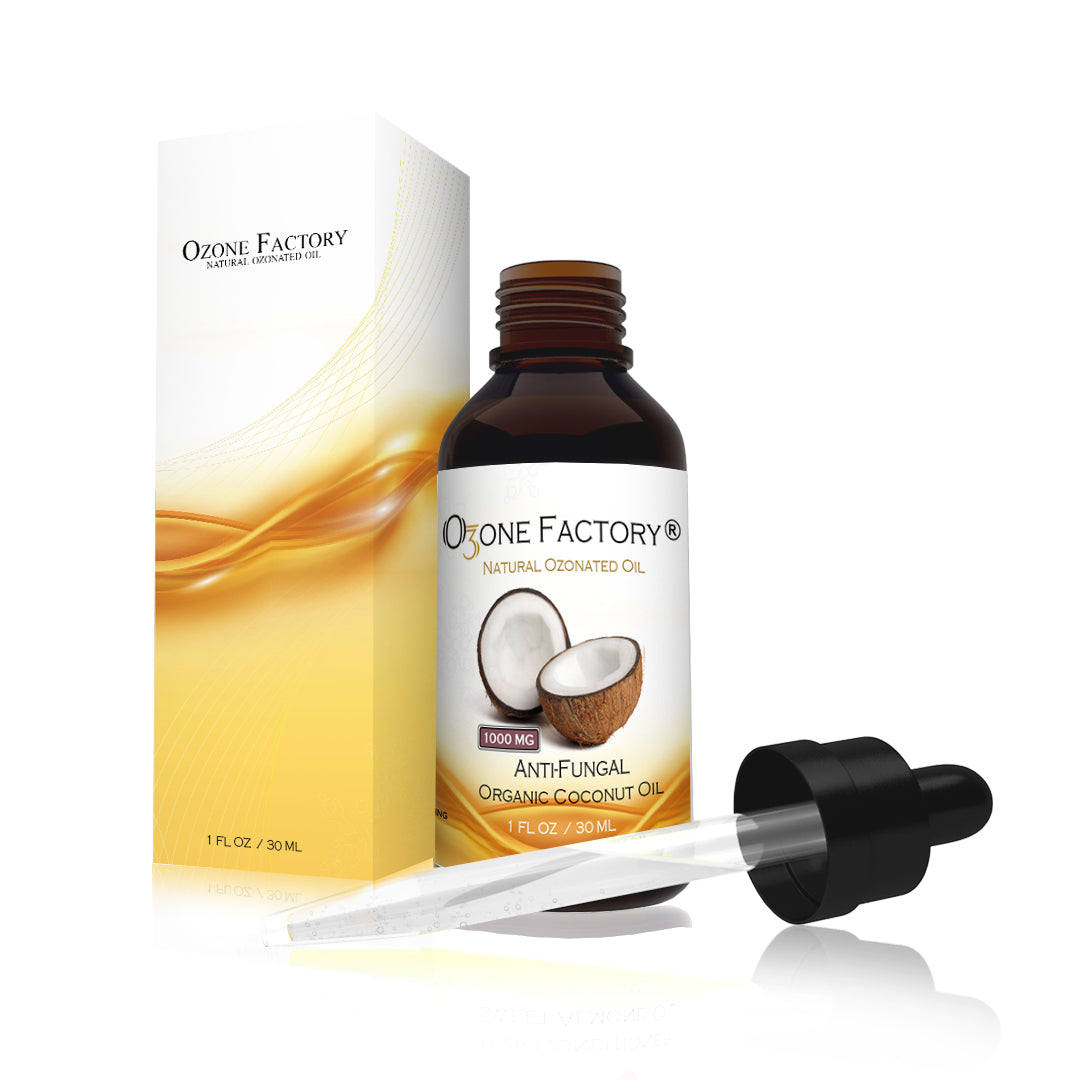
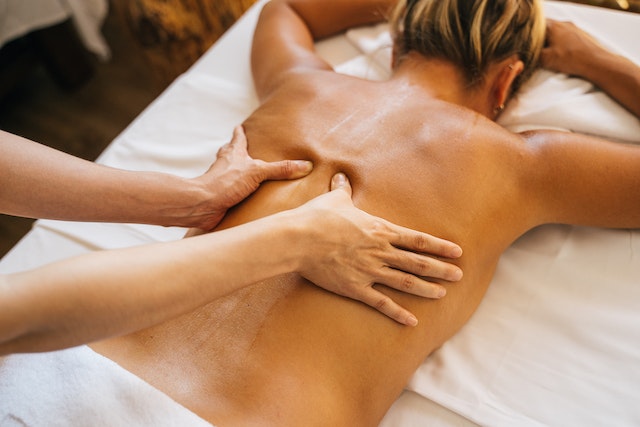
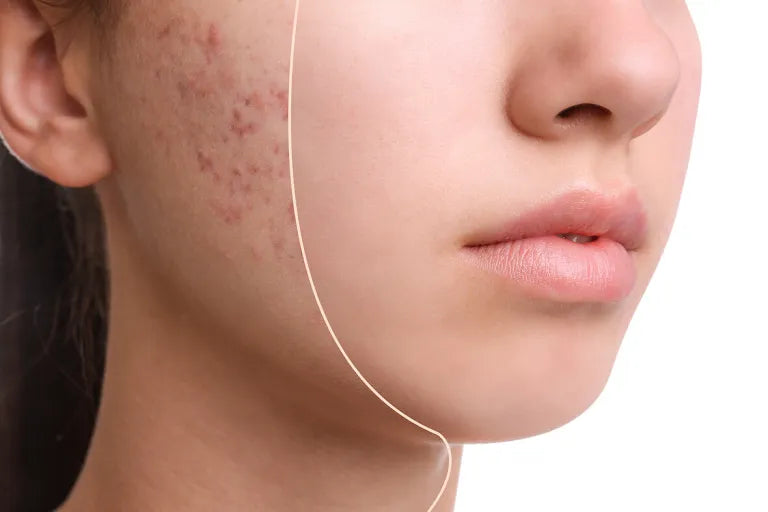
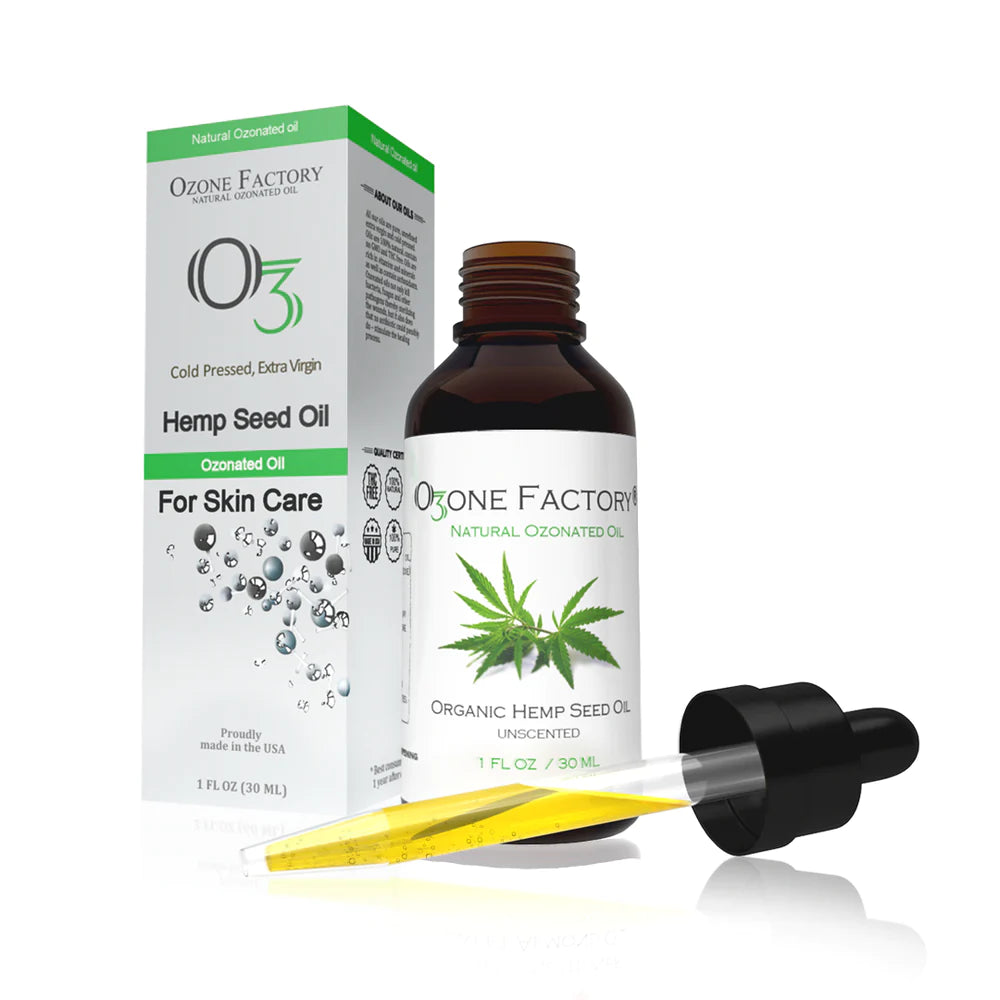
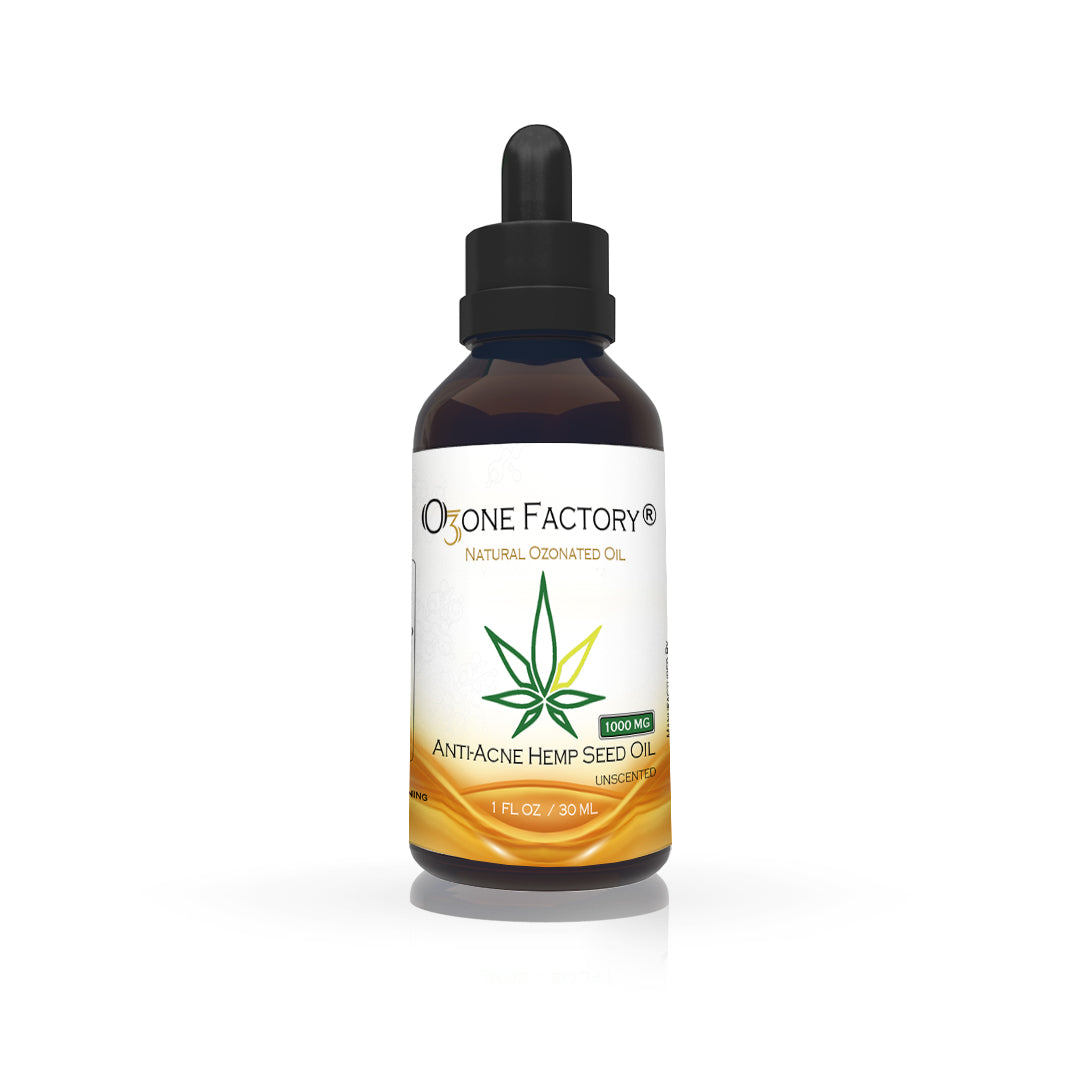
This is another testimony on how Chief Dr Lucky cured my HIV disease. Do you need a cure for your HIV disease? Do you want to be cured from your cancer disease? Or you want to be free from any type of disease. Kindly visit https://chiefdrluckyherbaltherapy.wordpress.com/ . He just cured my HIV disease and I’m very grateful to him, he is the only herbalist that can cure you.
WhatsApp number : +2348132777335
Via Email : chiefdrlucky@gmail.com
Thank you all for reading,
God bless"